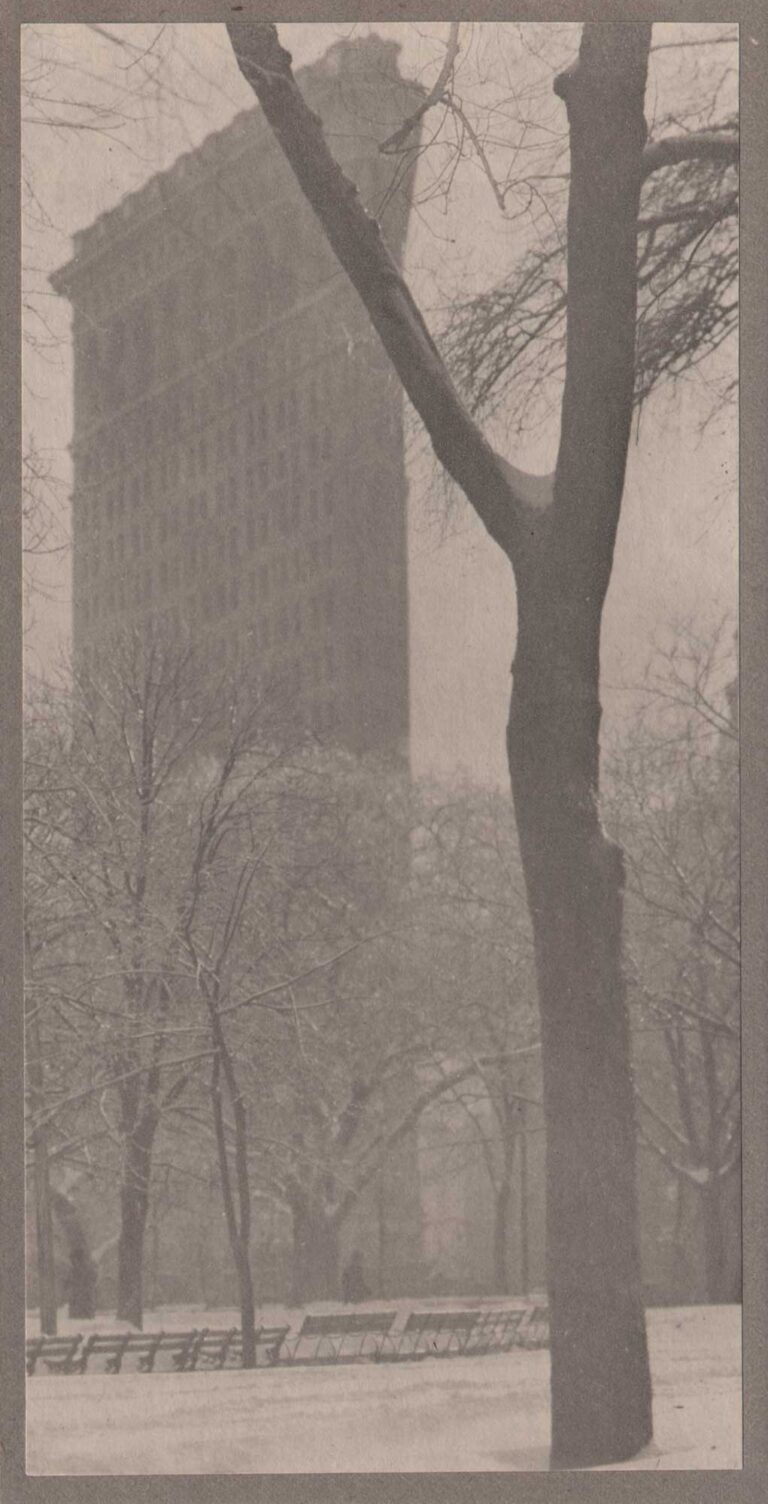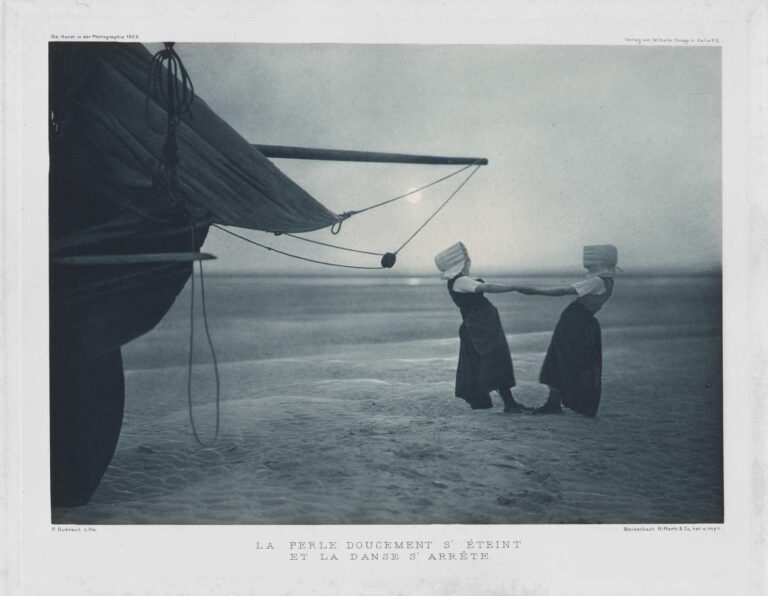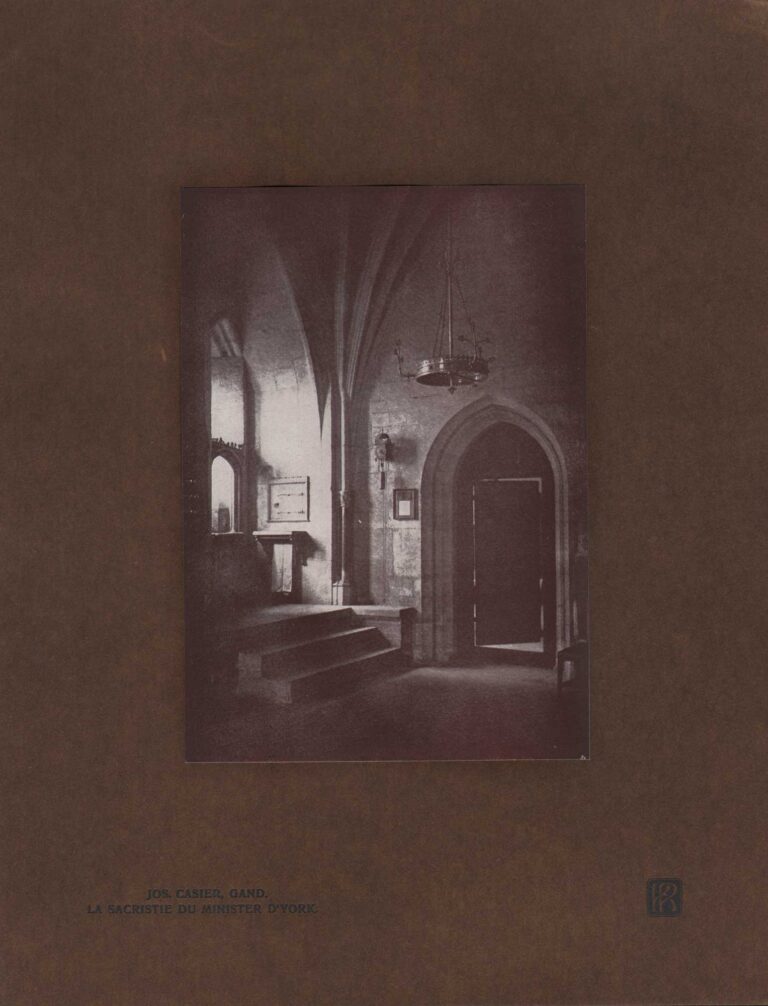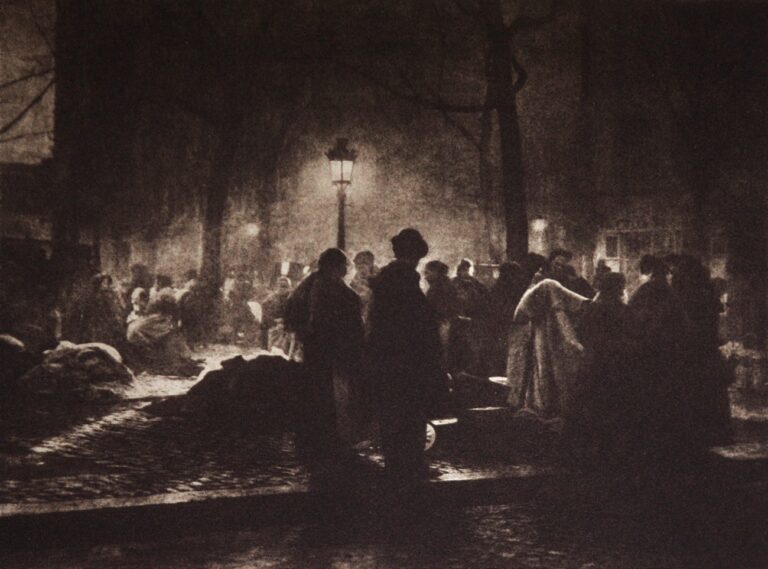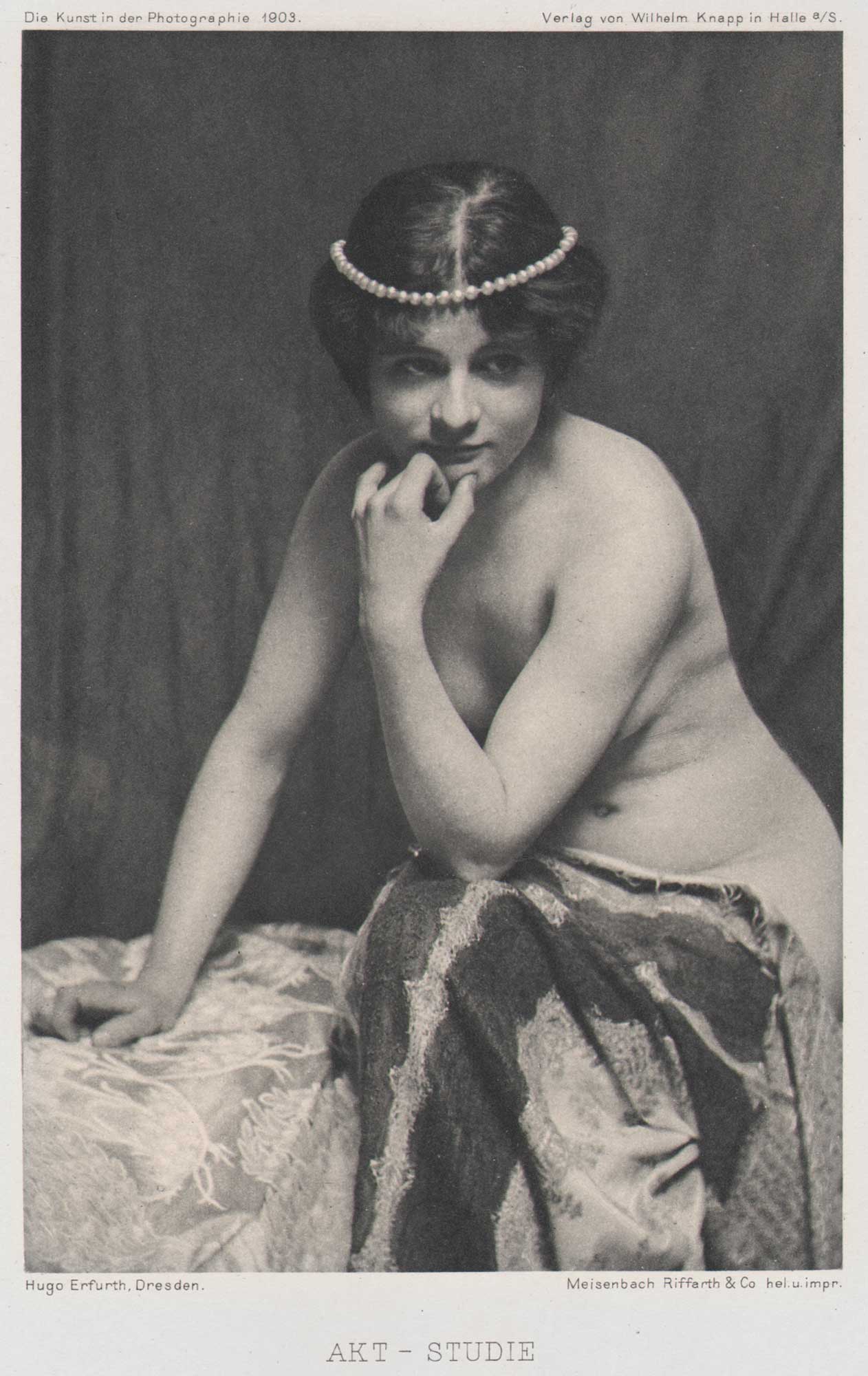
Akt-Studie | Nude Study
An early example of a nude study by Hugo Erfurth.
Hugo Erfurth: 1874-1948
Hugo Erfurth was a German photographer known for his portraits of celebrities and cultural figures of the early twentieth century.
Erfurth was born in Halle (Saale), in what was then the German Empire. He grew up on his parents’ farm in Schönau and visited a parish school in Niederschonal in 1883.
By 1884, Erfurth was at school in Dresden. From 1892 to 1896, he studied painting at the Dresden Academy of Fine Arts. In 1894, while still at school, he studied photography through an apprenticeship with court photographer Wilhelm Höffer. Two years later, at the age of 22, he took over the studio of J. S. Schröder at Johannstadt, Dresden.
Erfurth’s early surviving works show a commitment to the style of Pictorialism. He made landscapes and portraits in gum bichromate or as oil pigment prints, and started to earn a reputation as a skilled photographer.
During the next ten years he ran the Schröder studio, then established his own studio, art gallery, and home in the Palais Lüttichau. He became a member of the German Werkbund and was appointed an honorary member of the London’s Royal Photographic Society and of Munich’s Süddeutsche Photographen-Verein. He married Helene Reuther in 1898 and fathered three children over the next 6 years. He photographed for the Royal Playhouse in Dresden from 1913 to 1919.
During this time, Dresden was home to a cultural elite that included Otto Dix, Erich Heckel, Paul Klee, and Oskar Kokoschka. These artists and writers, who considered Erfurth their creative equal, frequented his studio to have their portraits taken. He also photographed opera and dance performers, did work in industrial photography, and experimented with photograms and photomontage.
In 1922, Erfurth opened a gallery under the name “Graphisches Kabinett Hugo Erfurth” with an exhibition of works by Oskar Kokoschka. In 1925, works by Emil Nolde were shown and the exhibition “7 Bauhaus Masters” was organized, with works by Paul Klee and Wassily Kandinsky, among others. The gallery also supported young Dresden artists such as Hans Grundig, Wilhelm Lachnit, and Kurt Schütze. Continues: -Wikipedia (2024)
